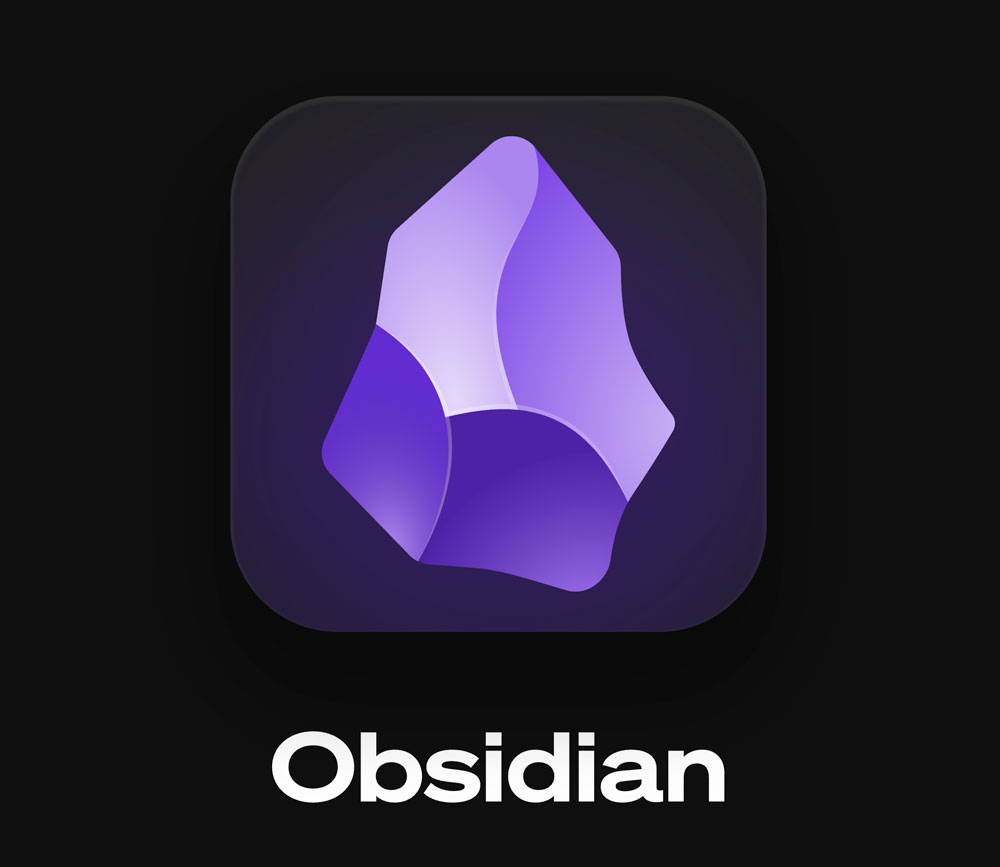
I’ve been using Obsidian lately. They call it a “second brain.” Maybe it is. What I know is this: it’s a Markdown editor, which means everything is raw text. No hidden formatting, no bloated files that only open in one program. Just text I can open anywhere, edit anywhere, and keep forever.
Here’s how I use it.
I started with one little web server, an HP EliteDesk 800 G3, the same box you’re reading this on right now. I didn’t spin it up with some big master plan. I just wanted a reason to mess around with Linux again. Putting a website online gave me that excuse. You need a destination before you can enjoy the drive, and for me, the website was it.
From there, projects started stacking up. Backup scripts, little utilities, network tweaks — each one felt like progress, but I had no system. Notes were scattered across random files and half-remembered commands. And it wasn’t just simple stuff. One day I’m looking up a long backup string for the hundredth time, the next I’m piecing together my floppytop script, or trying to remember where I saved the code that spits out my web stats. The projects were fun, but the way I was tracking them was holding me back. That’s when I realized I needed to start documenting for real.
The surprise wasn’t that documenting helped me learn, it was how much I actually enjoyed it. I started nerding out in Obsidian, not just on the content but on the notes themselves.
It reminded me of collecting baseball cards as a kid. Sure, the cards were cool, but the real fun was sorting them, storing them, building a collection I could flip through and show off. Obsidian scratches that same itch. It’s not just what I’m learning, it’s how it’s organized, and the satisfaction of seeing it grow into a collection I can actually use.
The real lift comes when you mix Obsidian with AI. My notes aren’t just scraps of text anymore, they’re a context database. When I need to move faster, I can point AI at my notes and it has my homelab history: the server builds, the scripts, the configs, all the stuff I’ve already done.
Here’s an example. I documented my floppy-top script, dropped it into my notes, and then pulled AI into the mix. Instead of generic advice, it flagged something specific:
Status:
Active — powerful but heavy. TUI requires a terminal session; not suitable for daemon use.
That hit me hard because it’s true. If floppy-top only runs in a terminal session, I’m not getting data when I really need it. That’s the upgrade path. Without the notes, that kind of feedback doesn’t happen. With them, AI isn’t just answering questions, it’s helping me see the next step.
I’m not starting from scratch every time. I’m building on what’s already documented. AI becomes a second set of eyes on my workflow, and that changes how fast I can move.
I don’t think you have to be as far gone in this hobby as I am to get value from Obsidian. But there’s a point you reach in any hobby where memory isn’t enough anymore. At first, you can keep it all in your head. Then the projects start stacking, the details multiply, and suddenly you need a system.
That’s where Obsidian comes in. For me, it’s not just about keeping notes, it’s about building a reference I can actually use, a collection that grows alongside the work. And when it ties into AI, it amplifies everything I’m learning and building.
So if you find yourself diving deeper into your own hobby, whatever it is, you might hit that same point. That moment where documenting becomes part of the fun, not just something you “should” do. That’s when Obsidian earns its place.


